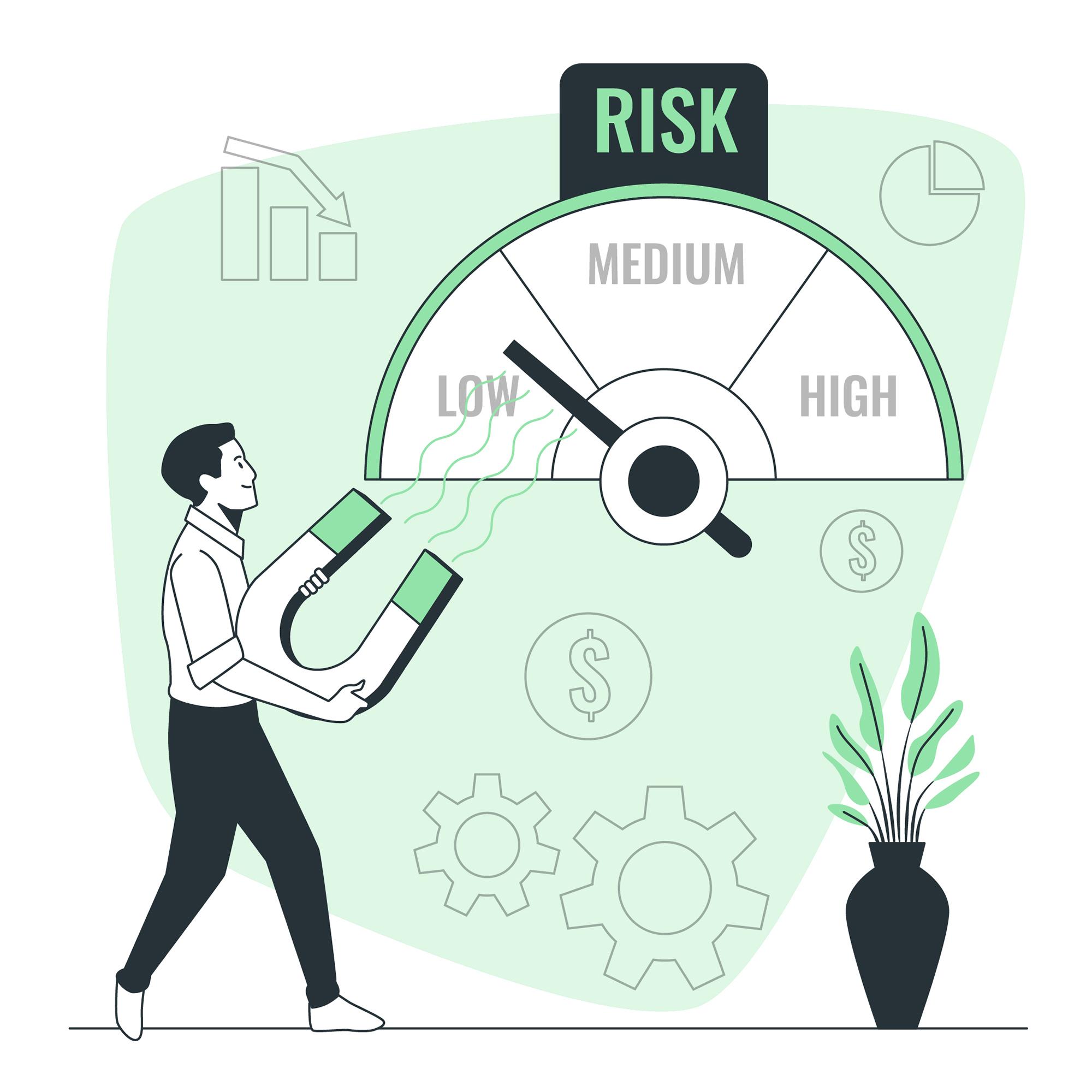Crisis management focuses on handling sudden, disruptive events, while risk management assesses and mitigates potential issues proactively.
TL;DR Crisis management Vs. Risk management
Crisis management involves handling unforeseen events or emergencies that can potentially harm an organization’s reputation, operations, or stakeholders. It focuses on effectively responding to a crisis situation in order to mitigate its impact and restore normalcy.
Risk management is a proactive approach that aims to identify potential risks and develop strategies to prevent or minimize their occurrence. It involves assessing various types of risks—such as financial, operational, legal, and reputational—and implementing measures to control them before they escalate into crises.
What is crisis management?

Crisis management is the strategic approach taken by organizations to effectively navigate and mitigate potential or ongoing crises. A crisis can be defined as any unexpected event that has the potential to cause significant harm to an organization’s reputation, operations, or stakeholders. It could range from a natural disaster or a cyber-attack to a product recall or a financial scandal.
Examples of a crisis in an organization
- Product Contamination: Discovery of contaminated or unsafe products, leading to recalls, potential harm to customers, and reputational damage.
- Workplace Violence: An incident of violence or threat within the workplace, affecting employee safety, morale, and public perception.
- Data Breach: Unauthorized access to customer data, compromising privacy, trust, and potentially leading to legal consequences.
- Supply Chain Disruption: Critical suppliers facing disruptions, causing delays in production and affecting product availability.
What is risk management?

Risk management is the process of identifying, assessing, and prioritizing potential risks that could have a negative impact on an organization’s objectives. It involves analyzing both internal and external factors that may pose a threat to the success or stability of a business.
One key aspect of risk management is understanding the likelihood and potential consequences of each identified risk. This allows organizations to develop appropriate strategies and plans to mitigate or minimize those risks.
These strategies may include implementing preventative measures, transferring the risk through insurance or contracts, or even accepting certain risks if they are deemed acceptable within predefined parameters.
Examples of risks in an organization
Strategic Risks
- Market Disruption: Emergence of new technologies or competitors that significantly impact the demand for existing products or services.
- Reputation Damage: Negative public perception due to scandals, controversies, or poor customer experiences.
- Regulatory Changes: New laws or regulations that affect business operations, requiring costly adjustments or compliance efforts.
- Mergers and Acquisitions: Integration challenges and cultural differences when merging with or acquiring another company.
Operational Risks
- Supply Chain Interruption: Disruption in the supply chain due to factors like supplier bankruptcy, transportation issues, or raw material shortages.
- Equipment Failure: Critical equipment breakdowns that halt production, impacting efficiency and revenue.
- Employee Turnover: High employee attrition leading to reduced productivity, loss of institutional knowledge, and increased hiring costs.
- Cybersecurity Breach: Unauthorized access to systems, data breaches, and theft of sensitive information, causing operational disruptions and reputational damage.
Crisis management Vs. Risk management – Key differences
| Aspect | Crisis Management | Risk Management |
|---|---|---|
| Focus | Response to sudden, disruptive events | Proactive assessment and mitigation of potential issues |
| Timing | Addresses immediate and unexpected challenges | Ongoing process to identify and manage risks |
| Nature of Events | Deals with critical incidents and emergencies | Deals with potential threats and vulnerabilities |
| Goal | Minimize impact, restore normalcy | Reduce likelihood and severity of negative outcomes |
| Approach | Reactive and immediate response | Preventive and systematic approach |
| Decision-Making | Rapid, high-pressure decisions | Informed decisions based on analysis and assessment |
| Communication | Immediate and transparent communication | Focus on internal communication and planning |
| Stakeholder Engagement | Broad engagement during crisis events | Continuous engagement to address potential risks |
| Scope | Limited to specific crisis events | Wider scope covering all aspects of operations |
| Preparedness | Requires well-defined protocols and plans | Requires risk assessment and mitigation strategies |
| Example | Responding to a product recall | Identifying and addressing operational weaknesses |
| Outcome | Minimize damage, restore stability | Avoid or minimize negative impacts |
Image Credits
Featured Image By – mindandi on Freepik
Image 1 By – Freepik
Image 2 By – storyset on Freepik








